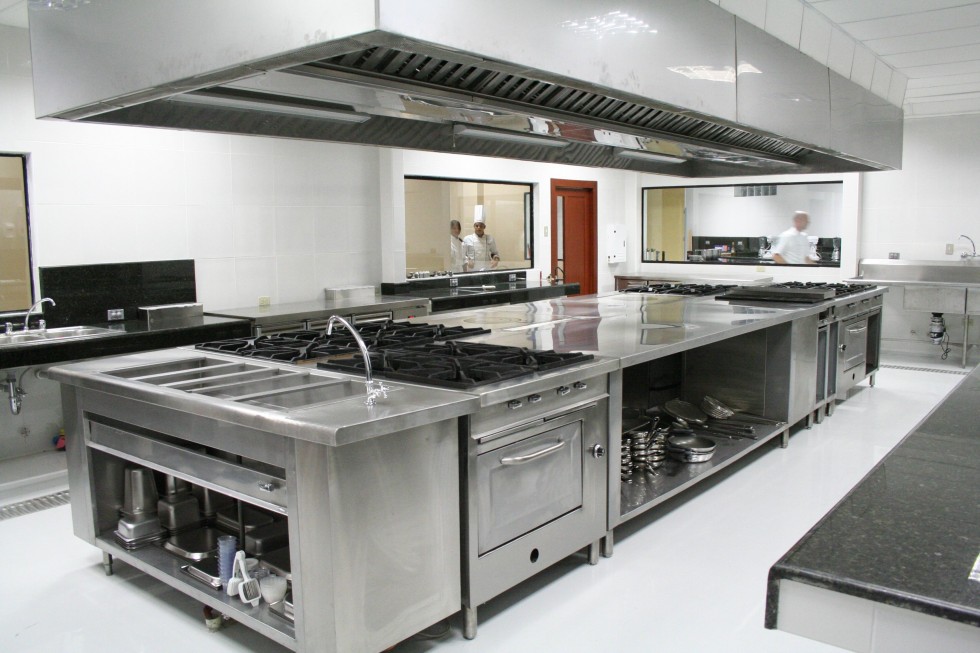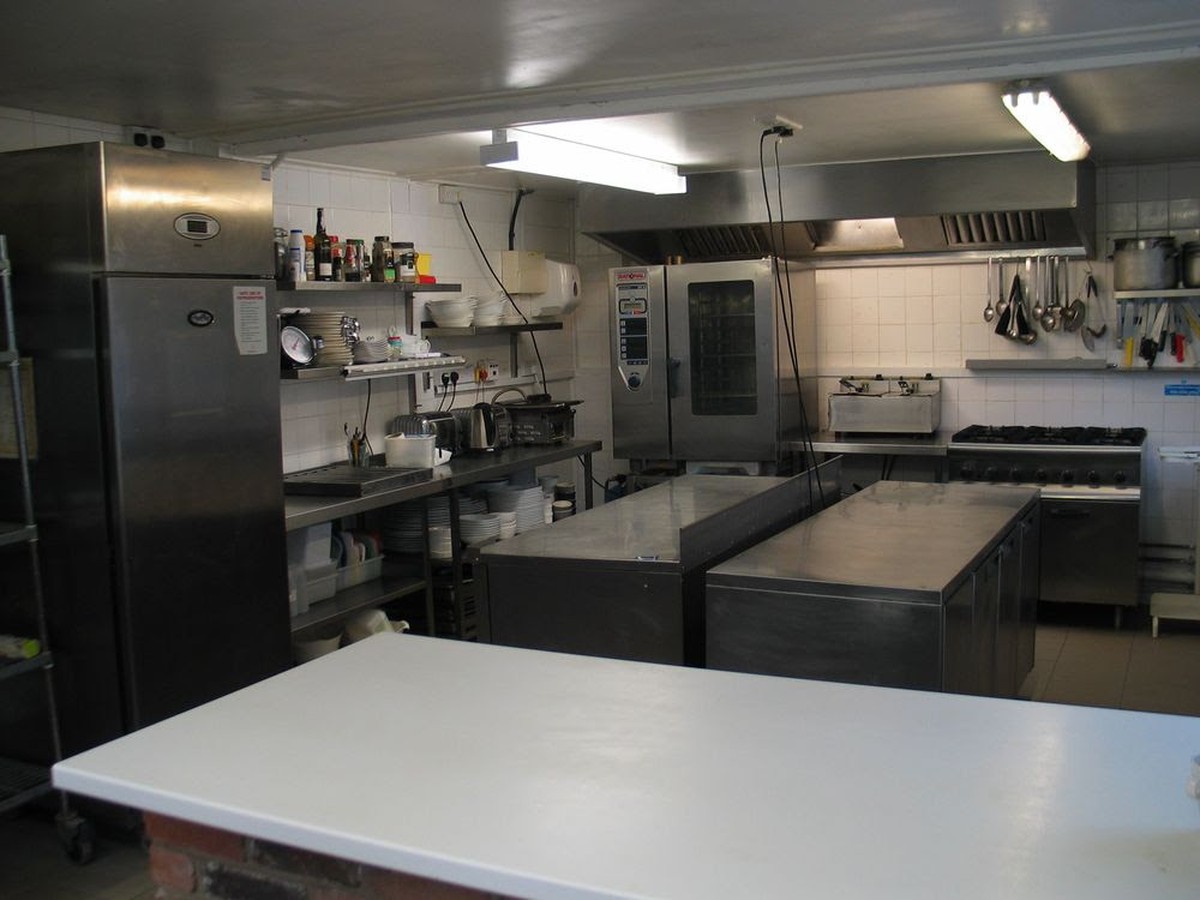Setting Up Your Commercial Kitchen With Catering Equipment
As many business owners know, for a business to be successful, having high-quality equipment is as important as having the right motivation. Catering and hospitality businesses need to pay particular attention to their equipment choices, as the health and safety of customers and employees alike depends on it.
This article will point at the five main pieces of equipment needed to set up a commercial kitchen.This is the most basic and the most important equipment in any commercial kitchen. Convection ovens and stoves can be powered by either gas or electricity, with some being dual-fuel. However, it is recommended that commercial kitchens use gas-powered ovens only, given the continuous use given to this appliance that can result in extremely high bills. Additionally, electric-powered ovens tend to malfunction more often than gas appliances when under heavy usage.
Related
2- Refrigeration equipment
This includes fridges, freezers, and walk-in cold rooms. Freezers should hold a temperature between -10C and -20C and have an electronically-controlled thermostat. Ideally, they are made of stainless steel, with an aluminium interior. Some are epoxy-coated to prevent corrosion. Fridges are built with the same materials, and should feature polyurethane insulation.
3- Dishwashers
4- Tables and sinks
Preparation tables must be made of stainless steel to ensure optimum cleanliness and hygiene. Ideally they should have adjustable feet, so that their height can be modified to fit different members of staff and therefore prevent back and neck injuries. The same is applicable to kitchen sinks.
5- Ventilation equipment
Ensuring that a commercial kitchen is properly ventilated is mandatory for catering businesses. Health and Safety regulations stipulate very strict air quality measurement systems, which can vary according to the kitchen size, the intensity of use, and the type of fuel being used. A hood and an extractor are therefore essential pieces of equipment for any commercial kitchen. These appliances will ensure that no dangerous pollutants accumulate in the area, and that any gas leaks are easily detected to prevent fires and major damage. There are also legal requirements that concern the minimum and maximum humidity and temperature levels.
Canopy hoods are the most adequate ventilation systems. These must be designed in a way that allows easy access to the ductwork and the filters. The material of choice of many caterers is 304 stainless steel, as it is durable and easily cleaned.
There are of course many other types of catering equipment availble for many different purposes, and a little research will help your find what you need.












0 Response to "Setting Up Your Commercial Kitchen With Catering Equipment"
Post a Comment